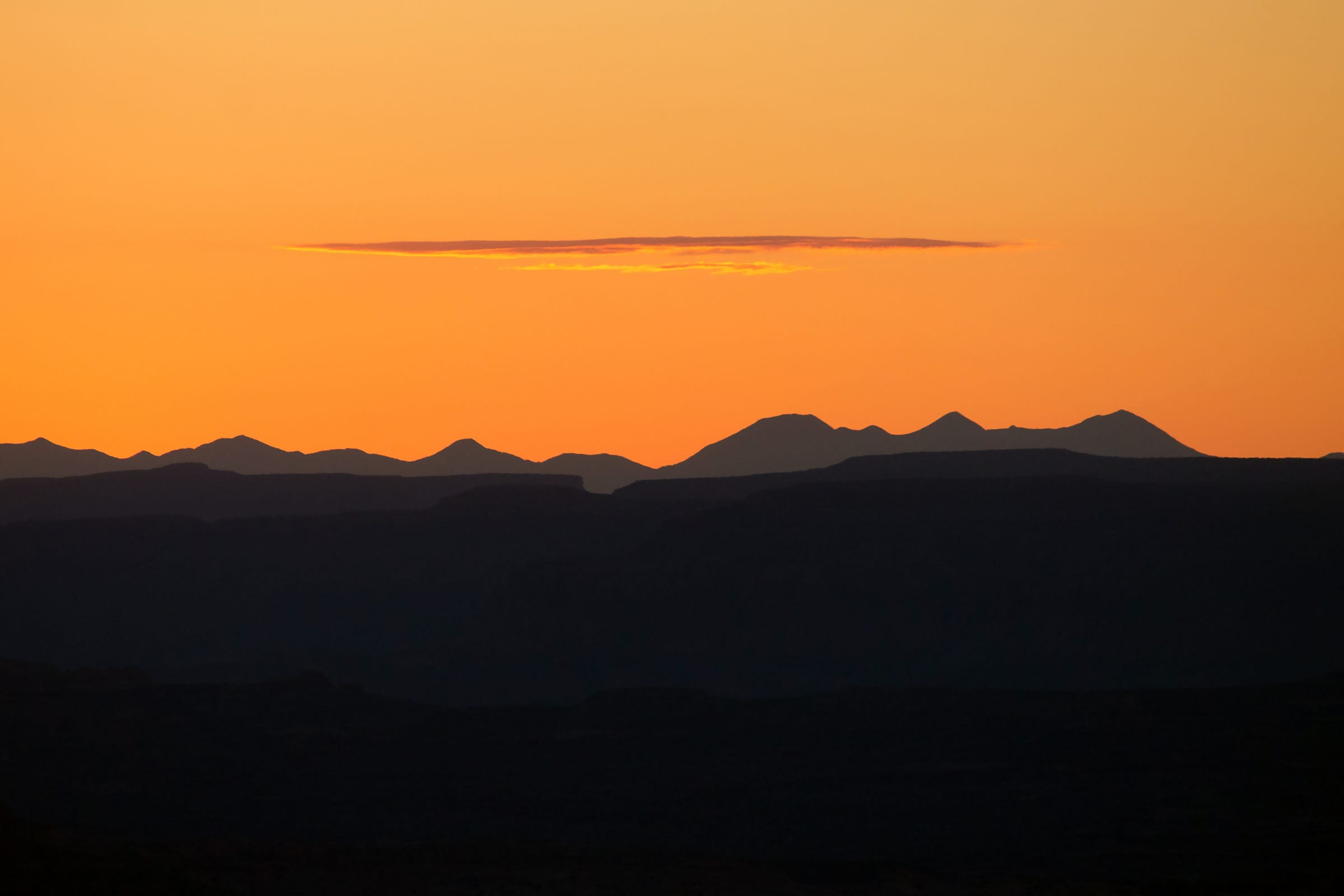Public land sell-off amendment is a test
Will the GOP stand on principle, or bow to Trump?
🌵 Public Lands 🌲
It appears that Republicans are actually serious about taking America’s public lands out of the public’s hands.
During a late night-early morning move this week, Republican Reps. Mark Amodei of Nevada and Celeste Maloy of Utah sneakily added an amendment to the House reconciliation bill that w…
Keep reading with a 7-day free trial
Subscribe to The Land Desk to keep reading this post and get 7 days of free access to the full post archives.


